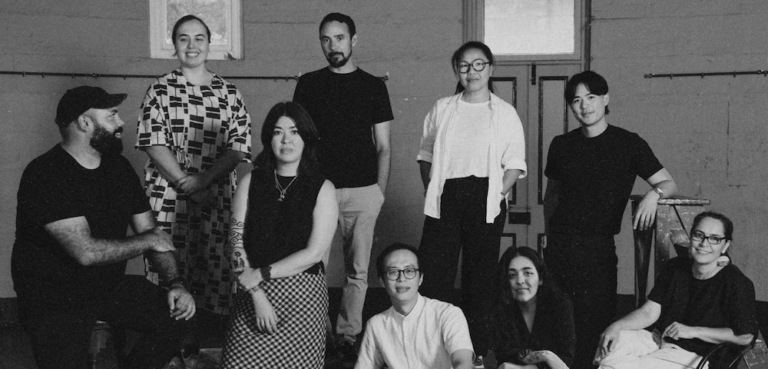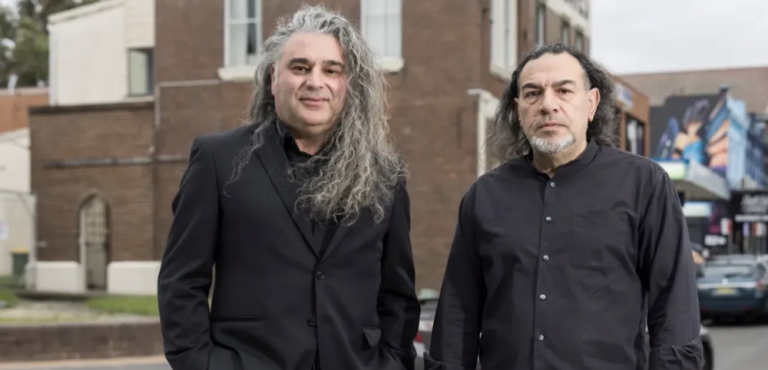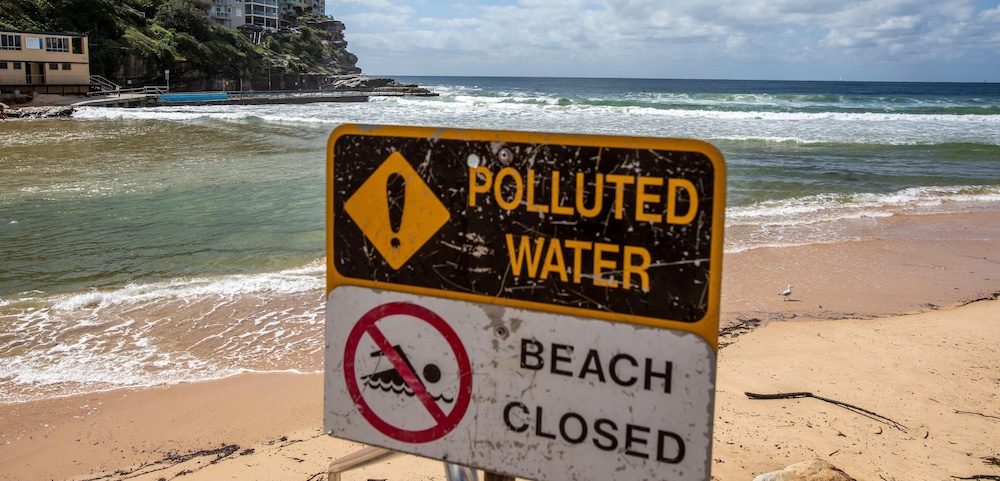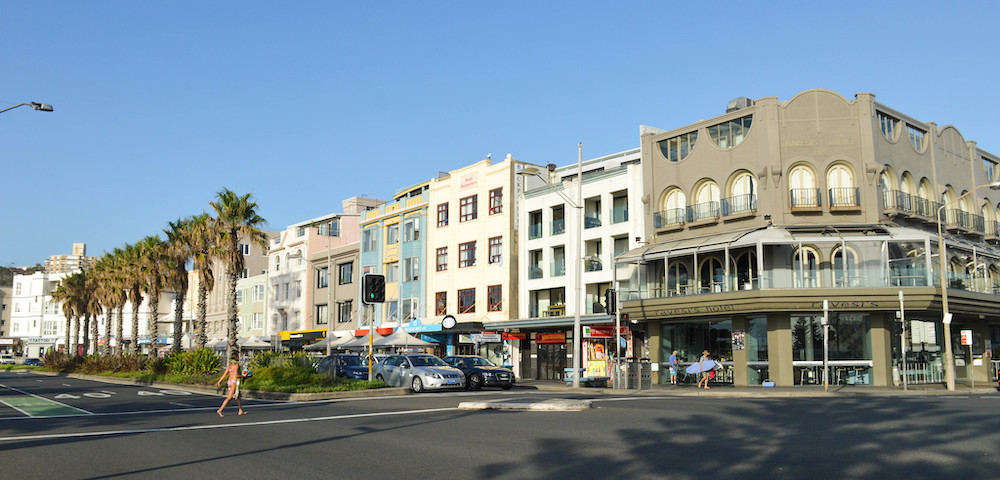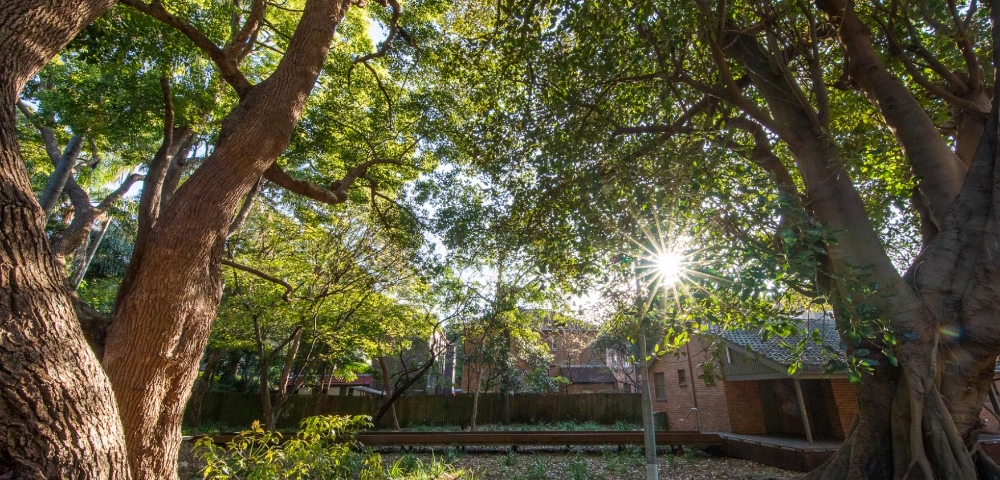
Life in rural Waverley 150 years ago
As Waverley Council’s 150th birthday approaches on June 13, our history writer Peter McCallum explores what it would have been like to live in the area back then
Waverley was distinctly agricultural when leading landholders took up the government’s offer to consider petitions to form municipalities.
There was just one village, Charing Cross, also sometimes known as Madden’s corner. The nearest other identifiable settlement was Randwick.
The surrounding areas were mainly used for farming, quite remarkable considering the predominantly sandy soil. Not all land was taken up: some remained as Crown land – north and south of the Bronte House estate’s market garden; some parts of Bondi, and the wilderness of the rocky outcrops and sand dunes overlooking Diamond Bay.
The lifestyle was an adaptation from the British Isles: similar clothes – though clearly unsuitable in summer – and cuisine.
The population was a mixture of ex-convicts – who almost all opted to stay once they had gained their freedom – working people who had migrated, seeing New South Wales as a land of opportunity, and professional folk and even a few aristocrats who saw better pickings in this young country than in what everyone still called “home”.
For wage earners, life was better than back home. Accommodation was often rougher but with so much time spent outdoors in the temperate climate, it mattered little.
Many had come from British towns and cities where food was expensive, but in rural Waverley most people had access to some land where they could grow fresh vegetables, plant fruit trees, and keep chickens for eggs and the occasional dinner.
Those working on farms often had access to fresh red meat and some of this found its way to other families even before a butcher shop opened in the village.
The lifestyle was decidedly healthy. Most people walked a great deal. In the rural community, working people visiting friends or shops or entertainment beyond the local village would have to set out on foot for Paddington where the continuous belt of terrace housing began.
Those families who had acquired three or more acres would probably have owned a horse and trap allowing them to travel as a family to visit, picnic on weekends, or in summer indulge in the increasingly popular pastime of bathing – in those times it was hardly swimming!
The notion of public transport was yet to reach Charing Cross. Within the belt of terrace houses as far Paddington, a new horse bus service had started (a less comfortable version of the Cobb & Co coach) but was yet to reach the growing community of Waverley.
Life was better for most people than in the old country and they knew it. But some elements were missing.
In 1859, the year Waverley Council was established, out of the estimated 800 inhabitants only 38 of the district’s children were fortunate enough to attend a local school – fewer than in most English communities.
Ironically, given the prevailing English attitudes to Catholicism, the one local school was Catholic, based on the site of St Clare’s School today. It employed lay teachers, was visited by Catholic school inspectors and received more government aid than the school was paid in parents’ fees.
While the Church of England was setting aside land for future schools, their only school in the area was extremely exclusive. St Catherine’s was newly-operating but reserved for daughters of the clergy.
More prosperous folk, including most of those who owned sufficient land, employed tutors and as their children became older made arrangements for boarding school, but not locally. Most children simply played and then helped with the work at home or on the farms.
Entertainers, when they appeared, were always in great demand but they were few and far between. People made their own entertainment. Anyone with a good voice and musical ear was popular at gatherings and whether at a pub or party would be pressed into song, often after a little inspirational imbibing. Music was highly valued in the colony and the better off would ensure their daughters could at least play the piano.
But the area was changing rapidly. Charing Cross was becoming a more economically sustaining village with quarries and tanneries springing up next to the farms and market gardens whose produce helped feed the population living in the crowded terraces around Sydney Town. New people were coming to the area. Both the Church of England and the Catholic Church had established their first small churches at or close to Charing Cross.
And people wanted more say in what the government was or was not doing for the area. A government approved tollgate at what is now the Ebley Street and Bronte Road corner sparked an outcry. But how else was an adequate road to be paid for?
It was time for locals to have a say – time for one of those “new style local councils”.
The main source is The History of the Waverley Municipal District by BT Dowd. Assistance is gratefully acknowledged from Waverley Library’s Local Studies Unit.
Waverley Historical Society leaps through time to Waverley Council’s more recent activities with a talk by Antoinette Pereira, “Community Services in Waverley”, on Monday, July13 at 4 pm on 1st floor Auditorium, Club Bondi Junction in Gray Street.

